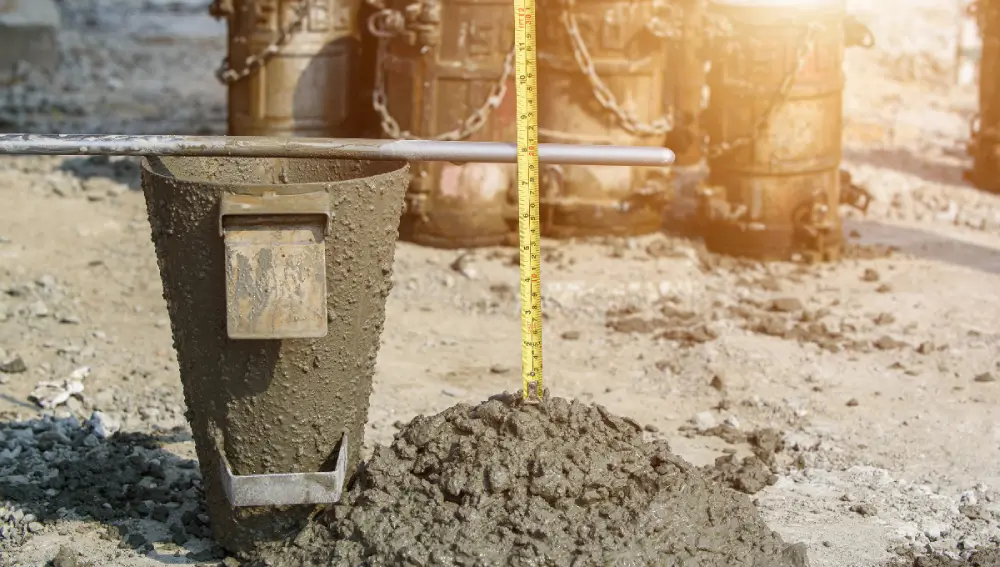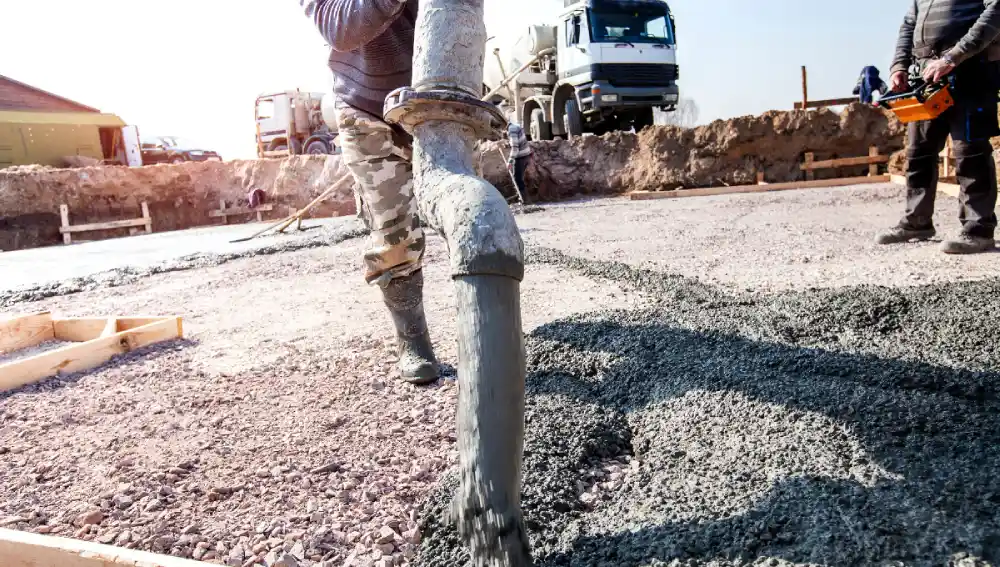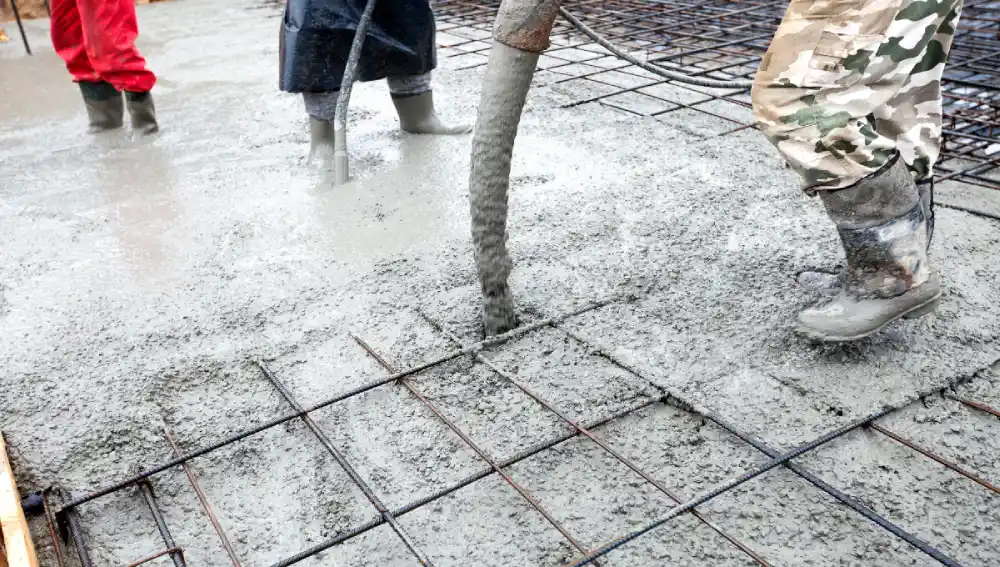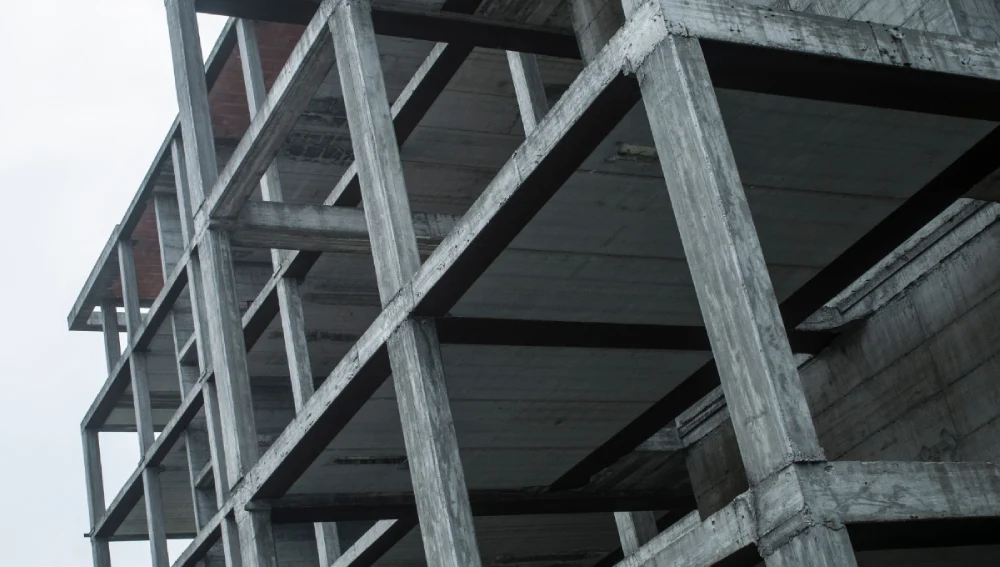Concrete is a fundamental construction material that excels in compression. Similar to its strength, its behavior under flexural stress or bending is equally crucial. The flexural strength of concrete is a paramount factor, which decides the ability of concrete to resist bending without breaking or cracking.
Because it is a critical property that greatly influences the design and performance of buildings, from beams and slabs to pavements. In this post, we’ll delve into the significant points about how the flexural strength of concrete optimizes its performance.
What is the Flexural Strength of Concrete?

Flexural strength, popularly known as modulus of rupture or bending strength, denotes the tensile strength of concrete slabs or beams. It is a critical parameter, ensuring that concrete structures can resist cracking and tensile stresses under load. In addition to extreme loading, these stresses can also be caused by drying shrinkage, warping, temperature gradients, and the corrosion of steel reinforcement.
Concrete contains enhanced durability and strength, making it an ideal construction material. This is strong in compression but weak in tension due to the fact that 10 to 20 percent of the flexural strength accounts from the existing compressive strength. The flexural strength of concrete is used particularly in applications where bending forces are significant, such as in pavements, beams, and slabs.
Factors Affecting Flexural Strength

Be aware of these crucial factors that affect the flexural strength and can lead to low-quality outputs.
Material Composition
The quality and proportions of the encompassed materials significantly influence the flexural strength of concrete. They are cement, water, and aggregates, where the type and size of aggregates also play a crucial role in resisting concrete’s bending ability.
A proper and balanced mix ensures optimal strength. Typically, the lower the water-to-cement ratio, the higher the strength. Adding too much water weakens the structure, while insufficient water content makes the mixture unworkable and prevents proper hydration. A good mix enhances strength and workability.
Environmental Factors (Temperature and Humidity)
High temperatures fasten the curing process but can result in cracking if not carefully maintained. Conversely, low temperatures slow down the curing process and improve strength.
High humidity maintains moisture content in the concrete, assisting proper strength development. Unfortunately, low humidity levels cause rapid drying and lead to shrinkage, cracks, and reduced strength.
Curing Conditions
As mentioned above, temperature and humidity levels are vital for proper curing. Generally, the longer the curing period, the greater the strength, as the cement also takes sufficient time to develop its properties.
Maintaining an adequate temperature prevents the structure from drying out quickly, which causes cracking and shrinkage.
Mix Design
A proper proportion of materials aims to provide for balanced workability and strength. A consistent mix is key to achieving uniform strength throughout the concrete structure. Variations in the proportions lead to failure under heavy loads. You can use admixtures to tailor the concrete properties according to the construction needs, promoting flexural strength. In addition, you can also include fibers like glass fibers, steel fibers or synthetic fibers, which can be the best option to improve the overall durability and strength of the concrete.
Age of Concrete
Concrete rapidly gains strength within a few days of casting, but the earlier strength results are unpredictable. When it continues to hydrate for 28 days, it can gain optimal strength. Surprisingly, the concrete can increase its strength for certain months or years under optimal conditions.
How do You Enhance Flexural Strength?

Here are the lists of key factors given to improve flexural strength:
Use of High-Performance Concrete
HPC (high-performance concrete) typically contains superior mechanical properties and higher flexural strength because of its optimised mix proportions and material selection, like silica fume or fly ash.
Fibers Incorporation
Using various kinds of fibers leads to improved flexural strength in concrete. These fibers aid in bridging cracks and improving durability.
- Synthetic fibers: Helps increase impact resistance and reduce permeability.
- Steel Fibers: Improve toughness, ductility and resistance to cracking.
- Glass Fibers: Enhance durability and reduce shrinkage & cracking.
Pre-Tensioning and Post-Tensioning Techniques
These techniques introduce compressive strength into the concrete, reducing cracking and enhancing flexural strength.
Optimized Mix Design
Ensuring the proper proportion of materials, including water, cement, admixtures, and aggregates, according to your specific requirements provides enhanced flexural strength for concrete.
Ways to Calculate the Flexure Strength of Concrete
Third-point loading method (ASTM C78)
- The unreinforced concrete specimens with the size of 400 mm x 100 mm x 100 mm are properly cast with concrete grade and cured for 28 days.
- The specimens need to rest in water for 2 days at a temperature ranging from 24 to 30 degrees Celsius before testing.
- The testing must take place when the specimens are in wet conditions once they are removed from the water.
- Place the specimen on two supports and apply the load at two equidistant points.
Find the flexural strength using this formula:
fb = Pl/bd2
Here, P denotes the maximum load, L is the span length, d is the depth of the beam, and b is the width.
Empirical Formulas
The compressive strength of concrete is a basis for using empirical formulas to find flexural strength.
Flexural Strength=0.7×fc′
Here, the term fc′ symbolizes the compressive strength of concrete in MPa (megapascals).
The Significance of Flexural Strength of Concrete
The flexural strength of concrete is a critical parameter because it indicates how efficiently it can resist breaking or bending under force.
Increase Structure’s Performance
Flexural strength of a concrete determines the durability of structures. The buildings with higher flexural strength can withstand tension stresses without causing cracking or deformation, improving structures performance.
Quality Control
During the construction of structures, flexural strength has been considered as the quality control measure. By calculating the flexural strength consistency, manufacturers guarantee that the final product has achieved determined performance standards and safety features.
Informed Material Selection
Understanding the flexural strength of concrete helps in choosing the right material during construction. For instance, lower strength can be a preferable option for a non-structural elements, while higher strength is paramount for a load-bearing components.
Conclusion
Overall, the flexural strength of concrete is a valuable metric, for understanding the actual ability of the material and how effectively it can resist bending forces. It plays a crucial role in choosing appropriate materials, designing safe structures, and manufacturing durable products for various applications.
FAQs
It denotes the minimum guaranteed strength of a concrete, during the test results no more than 5% are expected to fall. This is a resemblance of reliable structures, ensuring the safety of construction or product development.
Flexural Strength is often related to several other properties, offering a detailed view of any material’s bending resistance. The things include tensile strength, brittle and ductile materials, elastic modulus, and material composition.
Here are the lists of various factors that highly influence flexural strength, including:
* Manufacturing process
* Presence of defects or voids
* Material composition
* Temperature

